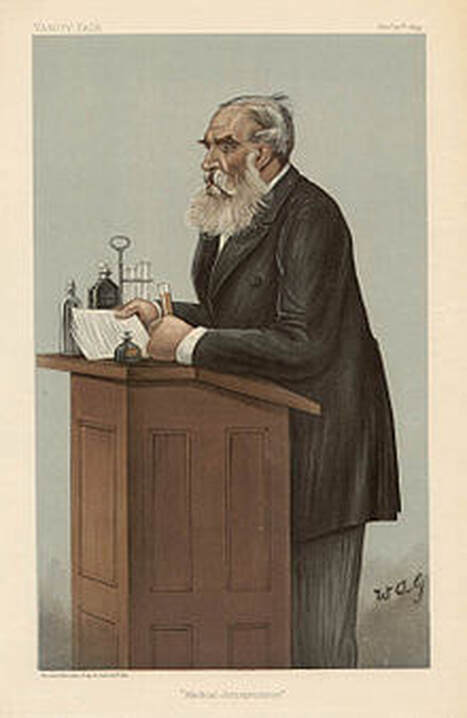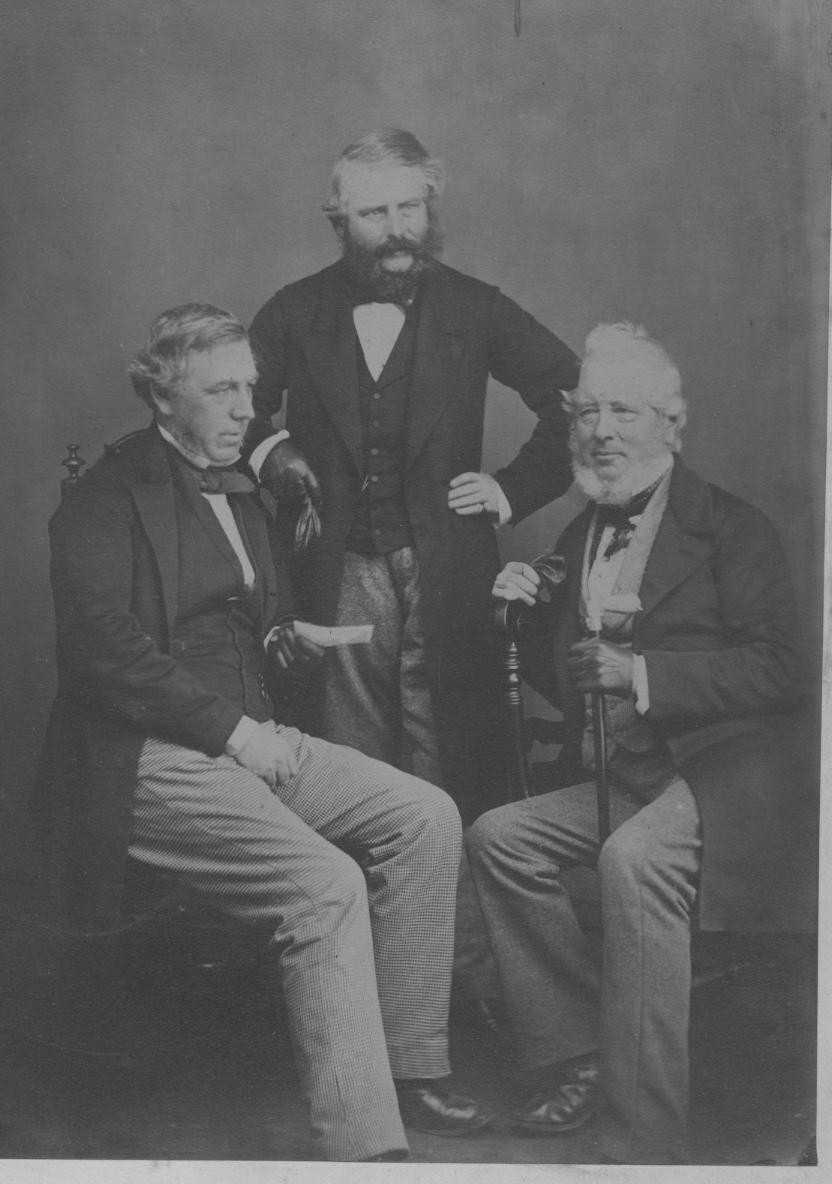Sir Thomas Stevenson (1838–1908) , scientific analyst and toxicologist, was born on 14 April 1838 at Rainton, Yorkshire, second son and fourth of the six children of Peter Stevenson (d. 1845), a pioneer in scientific farming, and his wife, Hannah, daughter of Robert Williamson, a banker and coach maker of Ripon. Stevenson was educated privately and at Nesbit's school of chemistry and agriculture, where at an early age he showed an interest in quantitative chemical analysis.
Pre-eminent as a scientific toxicologist, Stevenson was best-known to the public as an expert witness in murder trials involving poisoning. The first case which brought him public recognition was that of Dr G. H. Lamson (the poison was aconitine) in 1882. Later prominent trials include Mrs Maybrick (arsenic) in 1889; Edward Bell, who poisoned his wife with strychnine (1899); Dr Thomas Neill or Cream (strychnine) in 1892; George Chapman, who murdered three women with antimony in 1903, and Arthur Devereux (morphine) in 1905.
Stevenson died in a diabetic coma on 27 July 1908, at his home, Sandhurst Lodge, 382 Streatham High Road, Streatham, London. He was buried with his wife on 31 July at Norwood cemetery following a funeral service at St Leonard's parish church, Streatham. He was survived by his children, one of whom gained the London MD and became a medical missionary in India.


